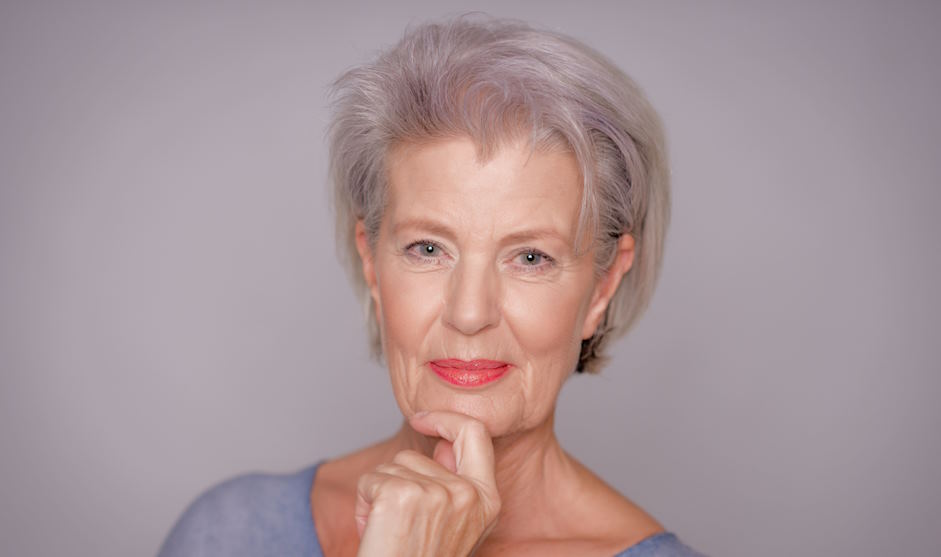As we gracefully age, maintaining a youthful appearance becomes a priority for many individuals over 50. While hairstyles and fashion choices play a significant role, one aspect that often gets overlooked is hair color. Choosing the right hair color for women over 50 can not only enhance your features but also boost your confidence. However, there are common mistakes that individuals tend to make when it comes to coloring their hair later in life.
Choosing the Wrong Shade
Selecting a hair color that is either too dark or too light for mature skin tones can have a significant impact on your overall appearance. Dark shades can sometimes create a harsh contrast against aging skin, emphasizing fine lines and wrinkles, while overly light shades may wash out complexion, resulting in a tired or aged look. It’s crucial to strike the right balance to achieve a youthful and radiant appearance.
Undertones and skin complexion play a crucial role in determining the most flattering hair color. Warm undertones typically pair well with shades of gold, copper, and caramel, while cool undertones complement colors like ash, platinum, and cool brown. Understanding your skin’s undertones and choosing a hair color that harmonizes with them can make a world of difference in how vibrant and natural your hair looks against your complexion.

Ignoring Gray Coverage Techniques
Covering gray hair presents unique challenges, particularly for individuals over 50 who may have more resistant or wiry strands. Attempting to conceal grays without proper techniques can often lead to damage, such as dryness, brittleness, or uneven color distribution. It’s essential to approach gray coverage with care and select methods that prioritize hair health while effectively concealing grays.
There are various gray coverage techniques available, ranging from permanent dyes to semi-permanent options. Permanent hair color penetrates the hair shaft to completely cover grays, providing long-lasting results. On the other hand, semi-permanent dyes deposit color onto the hair’s surface without altering its structure, offering a more gentle approach to gray coverage. Additionally, there are innovative products like root touch-up sprays and powders designed specifically for quick and easy touch-ups between color appointments.

Overprocessing Hair
Overprocessing hair, particularly through frequent coloring or chemical treatments, can lead to a range of risks that compromise hair health. These risks include dryness, brittleness, and increased susceptibility to breakage. Chemical ingredients in hair dyes and treatments can strip the hair of its natural oils and proteins, leaving it weak and prone to damage. Over time, repeated overprocessing can result in irreversible harm, such as split ends and hair loss.
To prevent damage from overprocessing, it’s crucial to space out hair coloring appointments appropriately. Giving your hair sufficient time to recover between treatments allows it to regain moisture and strength, minimizing the risk of long-term damage. Aim to schedule coloring sessions at least six to eight weeks apart, allowing your hair to replenish its natural oils and nutrients.

